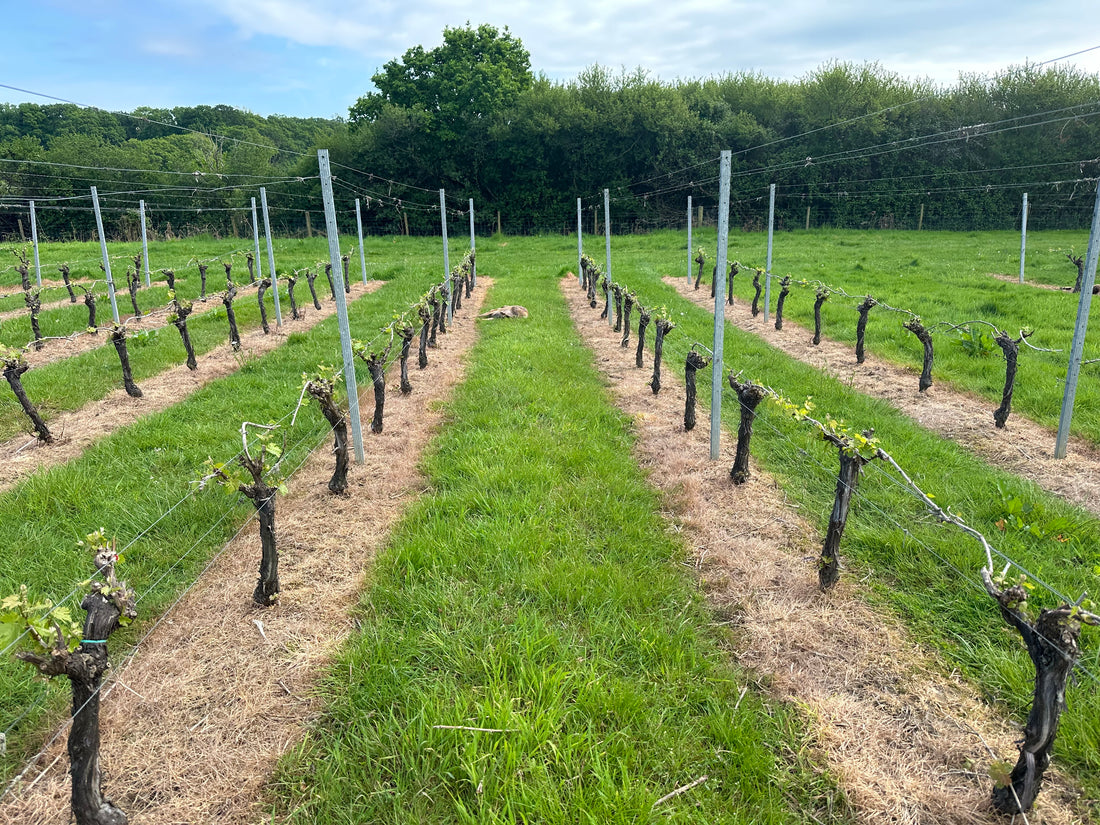Yesterday’s successful deer culling operation within a fenced Vineyard served as a robust demonstration of the complexity and meticulousness required in professional deer management. Not merely a matter of handling firearms and pulling the trigger, this contract involved a thorough site assessment and the application of mathematical principles to ensure ethical and precise outcomes.
The operation began with a detailed site risk assessment, as with all of our contracts, an essential step to tailor our approach specifically to the vineyards unique environment. We managed three deer, considering various factors like terrain, potential obstacles; trellising, and the proximity of populated areas such as footpaths, neighbouring properties and boundaries. Each of these elements plays a crucial role in planning an effective and safe culling operation; just because you can see the deer doesn’t mean you should shoot the deer!

Mathematics: An Unlikely Ally In Deer Management
Contrary to common perceptions, mathematics is central to effective deer management, particularly in complex environments. Yesterday, trigonometry was not just an academic exercise but also a practical tool that guided our decision-making process. Calculating the correct shooting angles was crucial, especially when navigating through dense trellising, bullet drop, multiple locations and more than one deer…. not forgetting and ensuring safe backstops. These calculations help prevent accidents, ensuring that shots are safe, ethical, and effective, we don’t want to be chasing deer around an estate, especially when considering the animals welfare.
Teamwork and Communication
Professional deer management is intensely collaborative. This operation required synchronised teamwork and clear communication, not only within our team but also with stakeholders who are directly affected by the culling process, not too dissimilar to park cull environments. Ensuring everyone is informed and in agreement with the strategy is vital for the operation's success and for maintaining trust and transparency with all parties involved. Not only do we contact the estate when the operation has been completed but we also invite those involved to inspect the carcasses; having stakeholders involved in the process and understanding the health species often helps in future decision making.


Technical Challenges In Vineyards
There is a unique satisfaction derived from the technical planning involved in deer management especially within complex terrain . It's about solving real-world problems that require an understanding of animal behaviour, safety protocols, and environmental preservation. The process of strategising, from mathematical planning to execute the plan with precision, is rewarding for those of us who thrive on overcoming complex challenges in our field, especially on sites like vineyards.
This particular project highlights the intricate balance of skills required in professional deer management. It’s a field that demands not only knowledge of wildlife and proficiency with tools but also a strong foundation in analytical thinking and problem-solving. Each successful cull reaffirms our commitment to managing deer populations responsibly and humanely, ensuring the safety of both the animals and the communities around them. This is what professional deer management is all about: precision, ethics, and continuous learning and adaptation to meet each new challenge.





